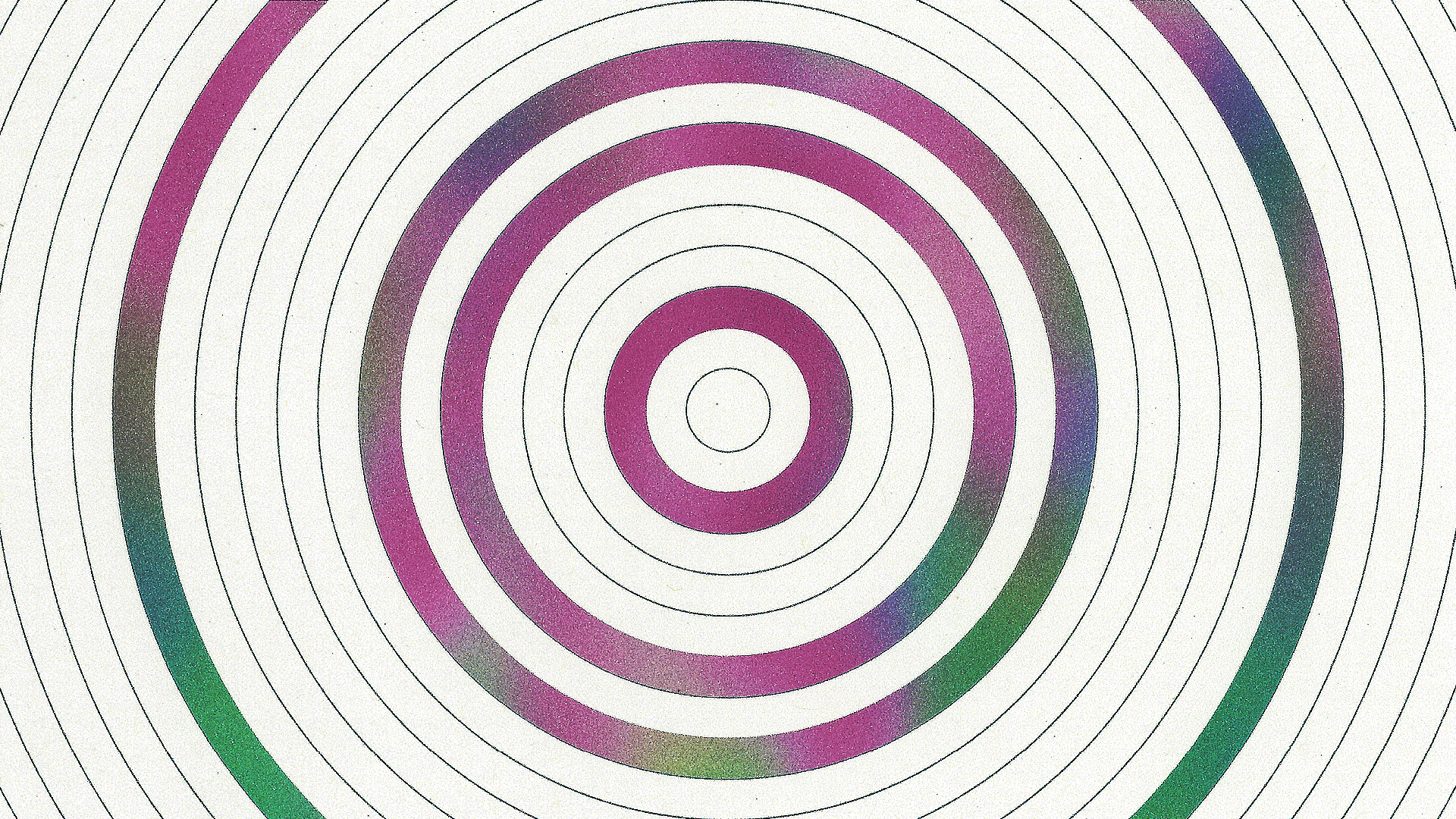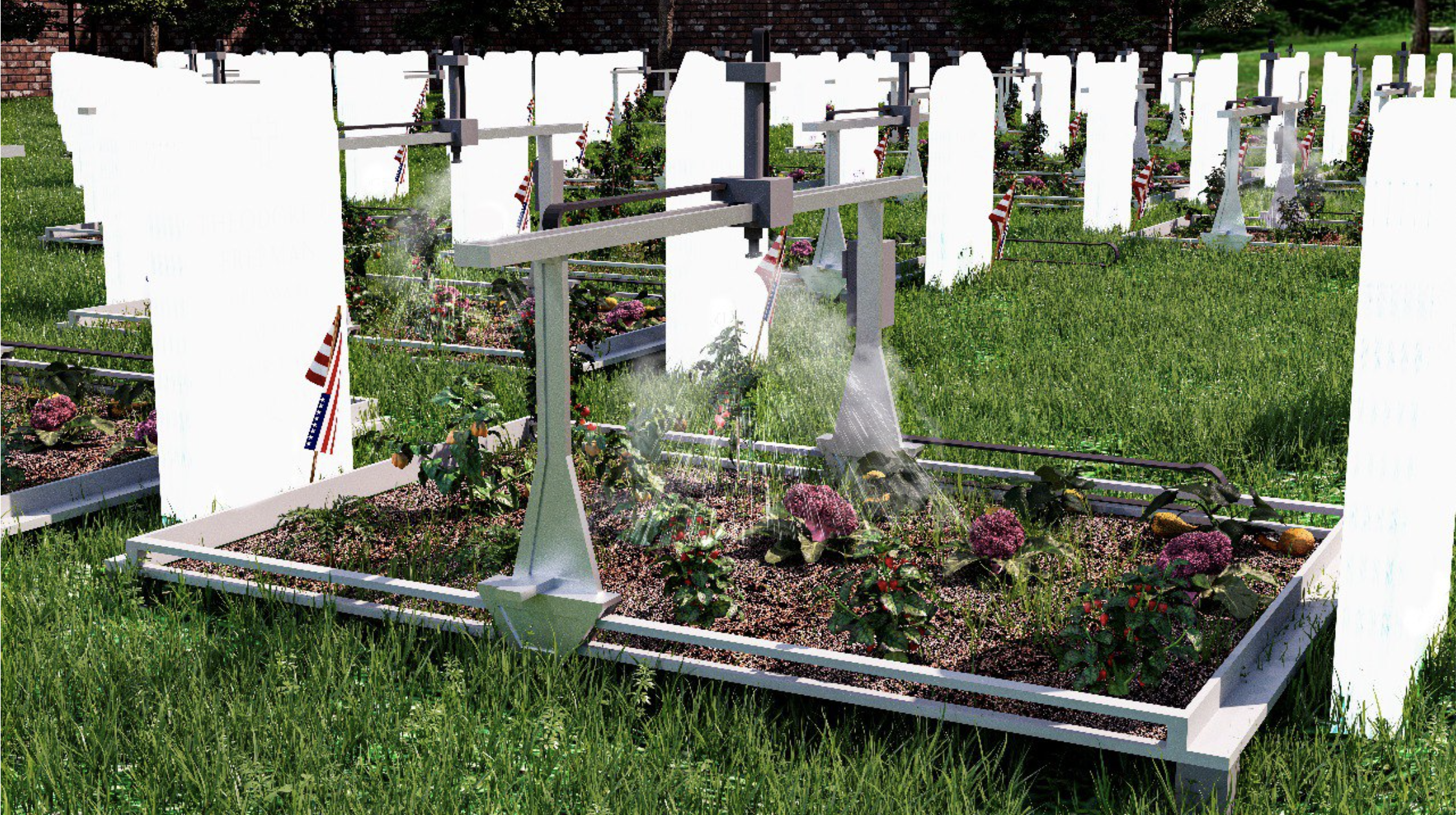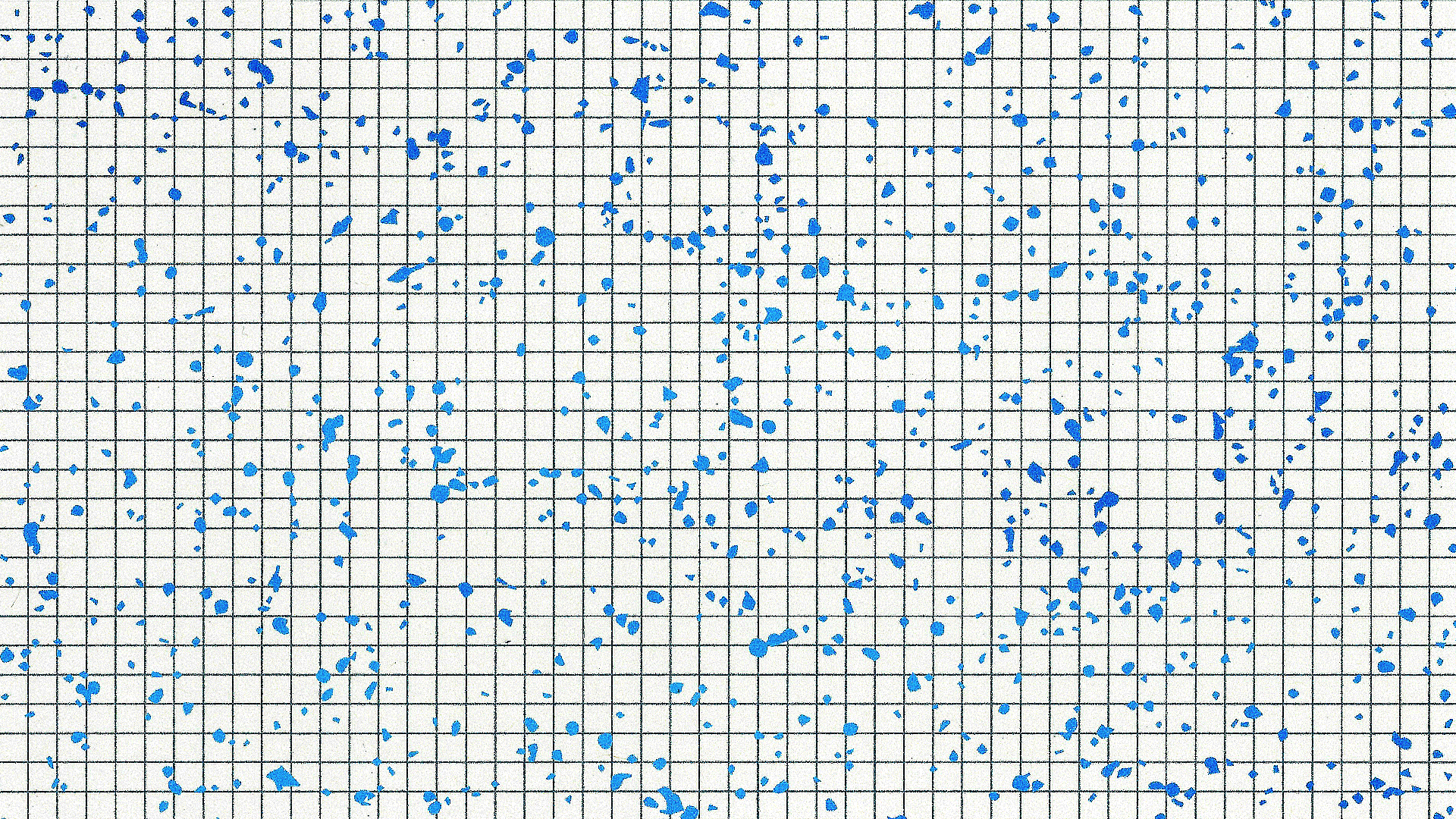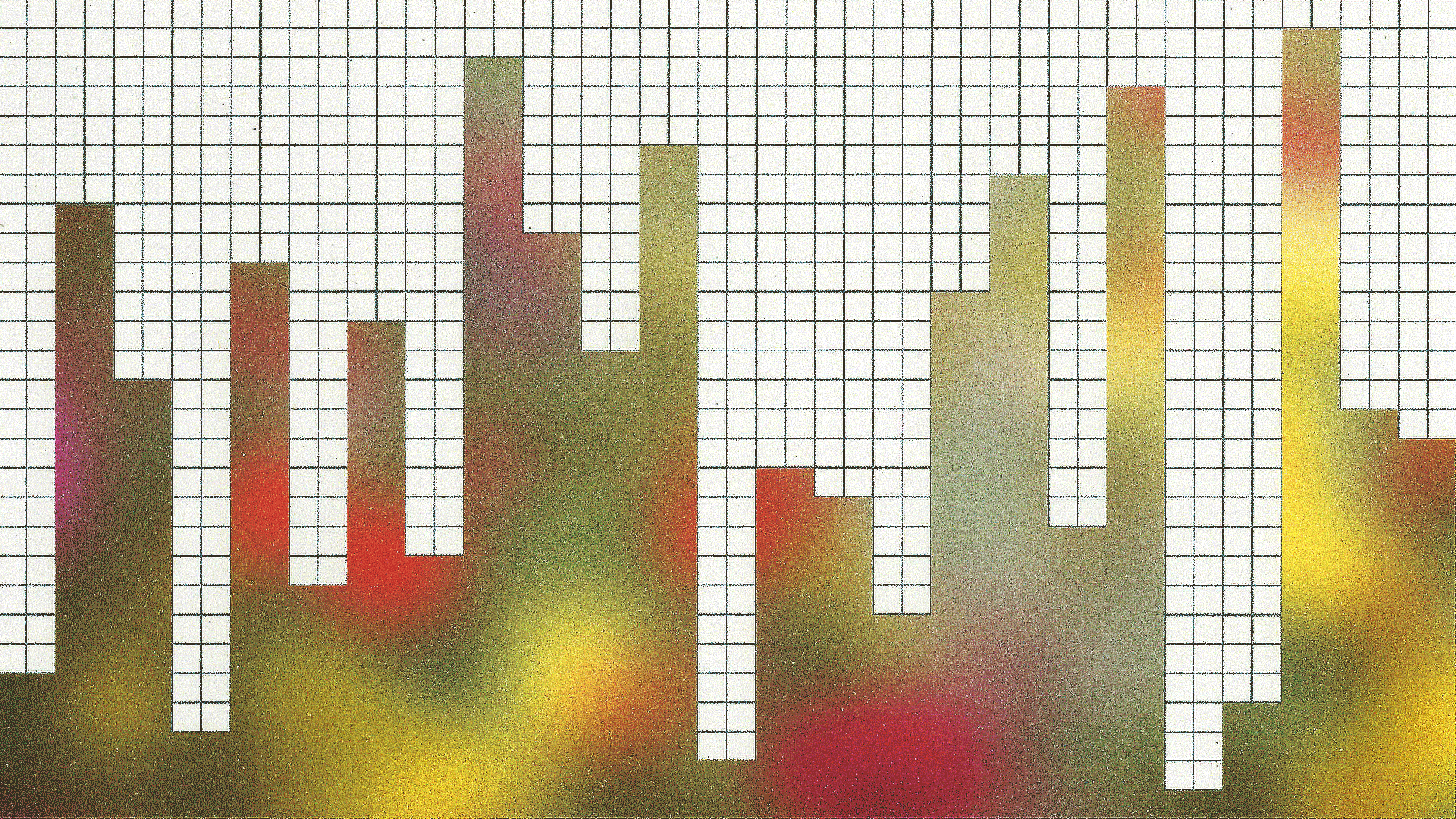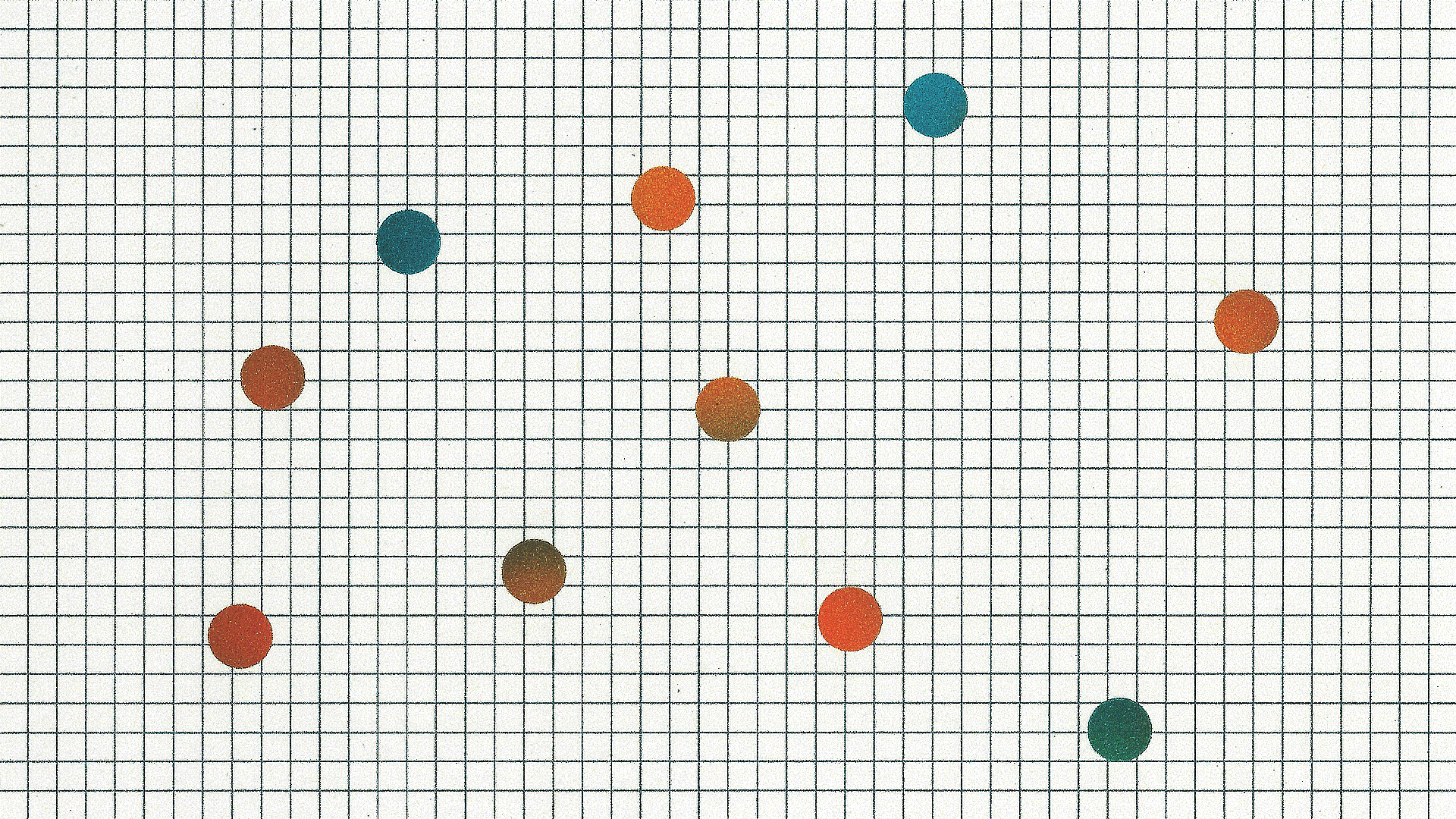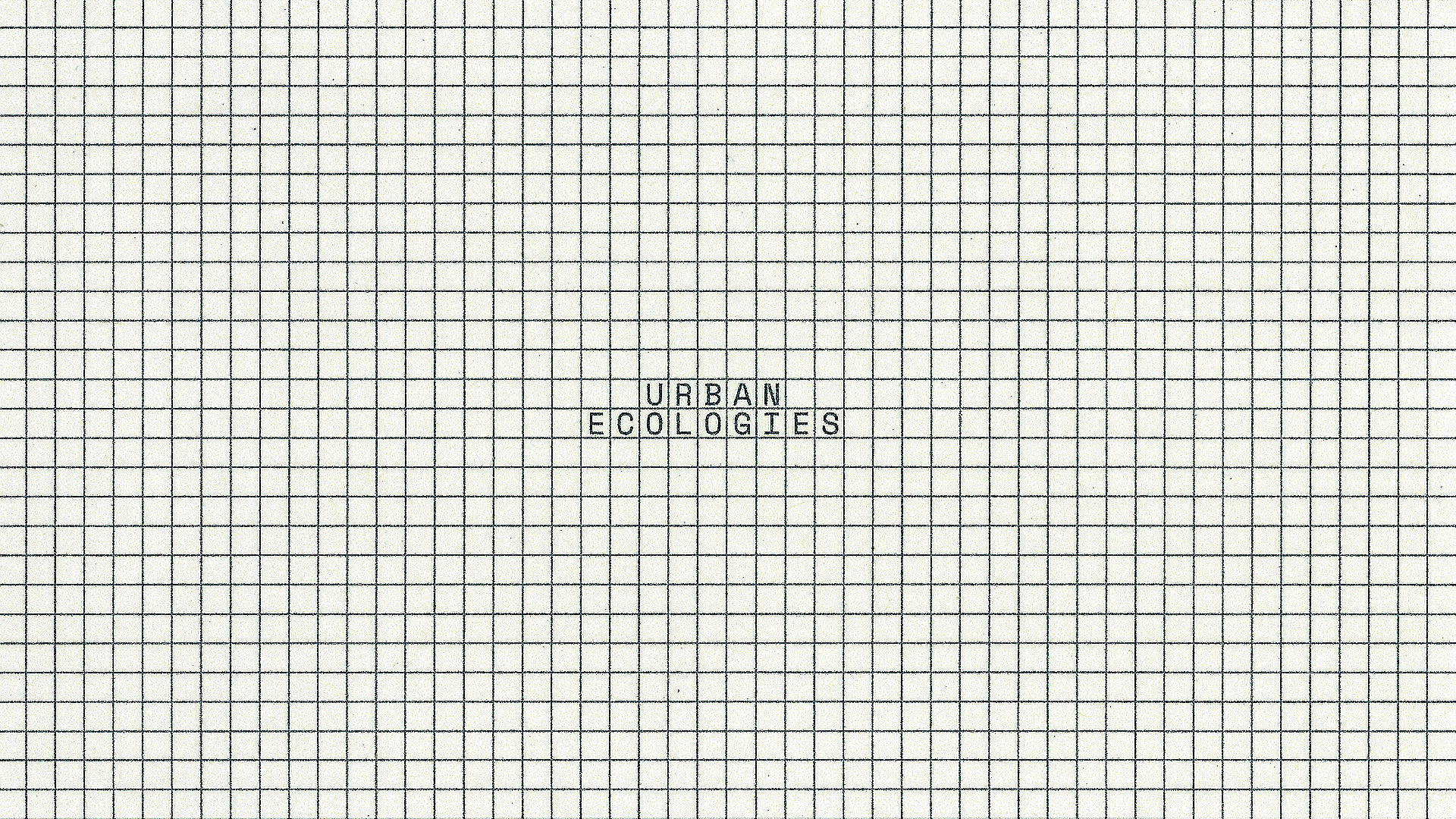MOLD’s series on Urban Ecologies is an exploration of how the ever-evolving built environment affects the way we think about, grow, and eat food.
I first learned about the origin of the orange carrot a few weeks ago while digging through the labyrinthine Wiki of The Soft Protest Digest, the roving research collective founded by Nickie Sigurdsson, Robin Bantigny, and Jérémie Rentien Lando. In describing their reimagined recipe for the traditional Dutch “tompoes” pastry—in which they swap puff pastry for two layers of carrot—the research collective explains that it was the Dutch royal family of Oranje who turned the carrot orange. In the 17th century, the monarchy decided to douse The Netherlands in the color of its name: orange trees were planted, buildings were painted, orange marmalade was trending, and a new color of carrot was cultivated. The orange carrot soon eclipsed purple, yellow, red, and white carrots as the most commonly produced in the world. “The carrot is a simple root vegetable,” Soft Protest writes, “but its use in the past centuries has made it a very interesting subject: it has gone through, quite literally, a ‘branding,’ which has affected geo-politics in various ways.”
To The Soft Protest Digest, this kind of “nation-branding” is a powerful example of how stories shape our culinary traditions and food cultures. But whereas in the case of the Oranje family, where storytelling was used in the service of state power and global trade, the collective is interested in the opposite: how stories can create new dishes and food traditions around local food webs and food sovereignty. Over the past few years, they’ve used residencies and the invitations of institutions as opportunities to explore the local food cultures in North-Holland, Saint-Étienne and Paris. In the former two, they developed “environmentally and culturally resilient” dishes that took into account both the environmental footprint of the ingredients and the food’s cultural resonance (the orange carrot “Koningsdag wortel tompoes” is an example of that). In Paris, dishes served at a dinner at Palais de Tokyo aimed to make visible the uses of fungi and yeast in the production of food, as well as the current collapse in biodiversity for bees—many of which have sought refuge in Paris’ parks. With each of their projects, The Soft Protest Digest shows how a sense of place and connection to the local is essential for forming new food traditions, and why forming new food traditions is so necessary in our current climate crisis.
Lately, The Soft Protest Digest has continued to evolve with new projects like Soak Until Soft, which opened up their research by inviting people to contribute a recipe they had been making during the pandemic. “We saw that a lot of people actually already knew how to create very resilient recipes when food availability was different, and they were limited to simpler ingredients, whatever was in their pantry,” says Sigurdsson. Currently based out of Maastricht, where they are participating in a year-long artist residency, Bantigny and Sigurdsson spoke to me about fiction, resiliency, locality, and getting to know the producers of the food you consume.
Meg Miller:
Nickie, you’re an artist and farmer, and Robin, you’re a food researcher and designer [running Adel Cersaque together with Jérémie Lando]. You formed The Soft Protest Digest to focus your work around fighting the climate crisis—why did you choose to do so through the context of cooking and cuisine?
Robin Bantigny:
Food is a huge part of the environmental footprint we have as humans and as people of the Western world. It’s also one of the parts of life where we can shift our way of doing things. Thinking about the way we consume food is one of the most effective ways to have an impact as a citizen on climate change.
Nickie Sigurdsson:
We don’t think this is the only way that you can change things—we also think that voting and engaging in activism, for example, has a big impact—but it’s definitely a very democratic way of speaking to people. Everyone can understand this medium. Everyone has a relationship with food, everyone is affected by it, so it’s a very direct way to talk about certain things, like environmentalism.
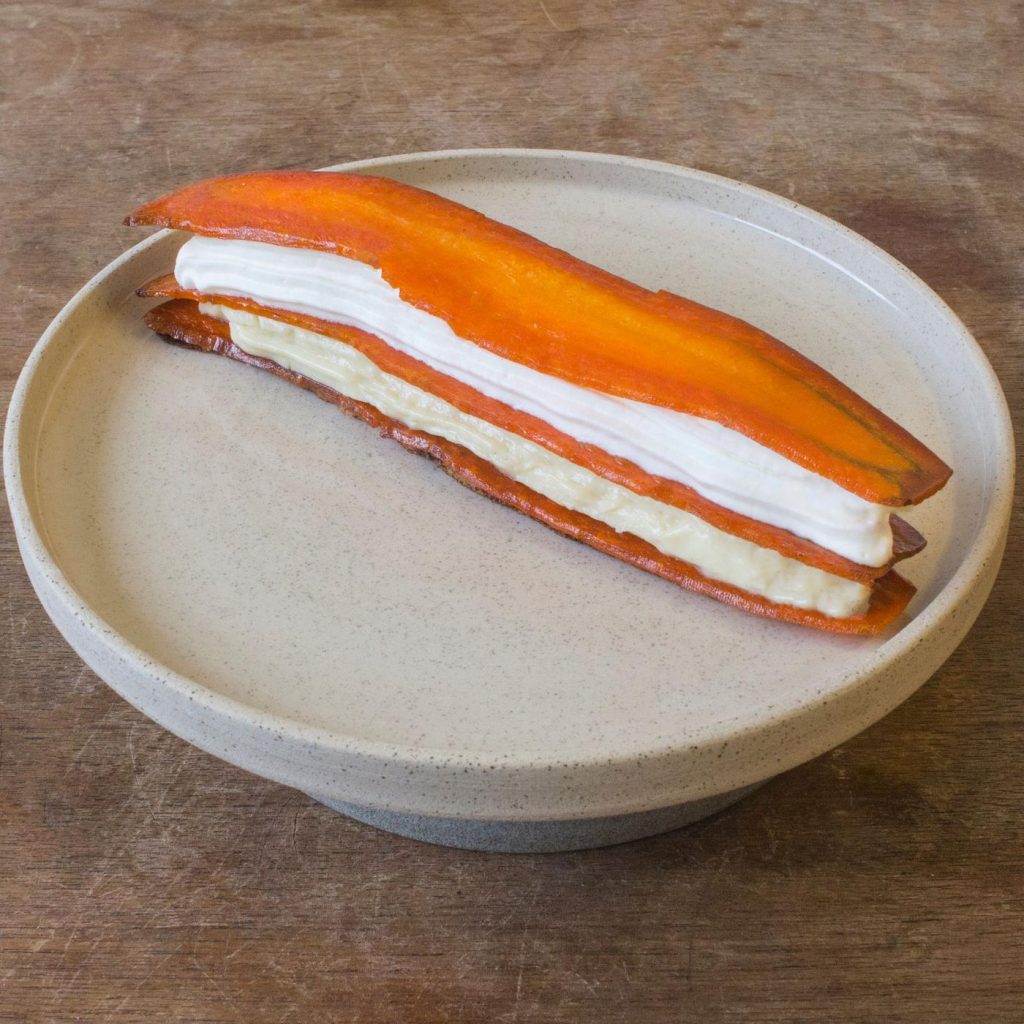
MM:
I know that when you first started working together, you were both eating in a way that you felt was environmentally-conscious—vegetarian, only eating local meats, etc.—but your diets were different from each other. Can you talk a bit about that and the challenges of a ‘universal’ resilient diet? How did this lead you to the conclusion that diets need to be designed around the region in which you reside?
RB:
This idea of the ‘universal’ or global diet is something I never thought about. I don’t think it really exists, but in some ways it does—there are maybe a dozen globalized diets. And this is also something we are fighting against, because whether it’s food trends or globalized diets—vegetarianism, veganism, etc.—it’s the scale that is a problem in the end. For example, in the United States we’ve seen a higher demand for almond milk, which came out of a shift that people have made [in their diets] toward eating fewer animal-products. The intention was good, to have more climate-friendly diets, but when it scaled, it just went from something really bad—industrial cow farming—to something that is still pretty bad, which is monoculture of almond orchards in California, a place where there is already a lot of stress on water supply. That’s where we see the limits of these food trends and shortcuts. Industry and institutions need a simple message, but the problem is so complex that the solution is just as complex. That’s why we wanted to work on super localized diets and encourage people to know the producers of the food you consume.
NS:
Everyone who works with food and environmentalism, they face this kind of “solutionism,” right? They want to find solutions. We’re always trying to step away from that, because we saw that there are also consequences. If you only focus on a local diet then you’re cutting off the global food market. We live in a privileged part of the world that has very good (for Europe) trade agreements with Africa, but then the farmers there are struggling. So you’re also part of the global system. There’s not one solution and we need to see things from different angles. One of the few conclusions that we can safely say we have come to is that we need to get away from an unjust food system that is not equitable and not democratic, and also not resilient or sustainable.
MM:
In your earlier projects, you were focusing on hyper-local, “environmentally and culturally resilient” diets. In North-Holland, for example, you experimented with creating 5 resilient dishes for the region, and you also developed one for the French city of Saint-Étienne. What does it mean for food to be both environmentally and culturally resilient?
NS:
There’s definitely something important about environmentally and culturally resilient ways of thinking about food, but lately I’ve been thinking that the term “food sovereignty,” coined by grassroots organization La Via Campesina is more powerful for this idea. On their website they write: “Food sovereignty is a food system in which the people who produce, distribute, and consume food also control the mechanisms and policies of food production and distribution. This stands in contrast to the present corporate food regime, in which corporations and market institutions dominate the global food system. Food sovereignty emphasises local, culturally appropriate, and sustainable food availability.” Food sovereignty is combining environmentalism with cultural resiliency and “culturally appropriate” food. It’s a system that is used to safeguard Indigenous people’s foodways, but we think the term is appropriate as a standard for anyone who’s affected by global trade and the corporate control of our food web.
We started our project in 2019 in the Netherlands [because we had a residency there] and what was really striking about the Netherlands is that they don’t have a proclaimed “food culture.” Every Dutch person we talked to would say, “No, we don’t really have a food culture,” which we found really interesting. We started thinking about the potential of fictionalizing a food culture, speculating on what a potential Dutch [food] culture could look like.
We made five dishes, and one of them was this cake called “Koningsdag wortel tompoes,” which also references this sort of nationalism that can be embedded within food culture. The idea of the orange carrot is really linked to Dutch culture because [the dutch royal family of Oranje] invented it. It was a very powerful form of branding and also nation-branding.
But when we look back on this project, the question is, “Where are the Surinamese or Indonesian recipes in this research?” That’s a big part of the food scene in the Netherlands, because of its colonial history. We actually did work on some Surinamese dishes, but we were confronted with the act of appropriation, which is a delicate subject. How do you adjust food culture and take something from a culture that you’re not part of and has been oppressed throughout history? How do you deal with that? To be honest, we decided just not to deal with it and not to include that research. Looking back, it would have been ideal to work with a Surinamese or Indonesian chef on this.
Some dishes are made generation after generation because of the stories that are told around them. The idea was that the stories could make this food last, because then people can relate to it, they feel close to it. So it’s not only a question of taste.
RB:
The project was pretty linked to the typical products that you find in the Netherlands, which the carrot was one of them. A lot of different dishes made with each of these products were explored with [an evaluation] tool that we designed to demonstrate the way people can critically evaluate their own footprints and the resiliency of their diet. If you look at one product like a carrot, you would need to assess things like, Where did you get it from? How did you get it? What kind of transportation did you use to get it? It was really a first step to understanding the complexity of resiliency in food, but we no longer use it.
Once some of the recipes were resilient enough from this perspective of environmental resiliency, that’s when we tried to make them culturally resilient. That’s when the fictional part comes in, because we tried to give the dishes we created their own stories. Some dishes are made generation after generation because of the stories that are told around them. The idea was that the stories could make this food last, because then people can relate to it, they feel close to it. So it’s not only a question of taste.
MM:
I’m really interested in the ways you use storytelling in your work to connect people to the dishes you were developing, and to connect the dishes to the cities or regions you developed them for. In what ways are you employing fiction and stories, and how has that evolved with your projects?
NS:
We believe storytelling is a really powerful tool for world-making. Through fiction, you can also speculate on the world you want. This is not to denounce certain minority groups and Indigenous people or their food cultures; that’s not something we should erase. But from our context, we come from France and Denmark, two countries that both have a history of using branding, for example, to create their food culture. These methods are already examples of storytelling. But instead of just saying “this is French” or “this is Danish,” why not open it up and democratize it, rather than this type of “nation branding”?
We also did a project in the city of Saint-Étienne, where we sort of wanted to negotiate this idea of who can decide what a dish is, and who can decide the storytelling. We were wondering, can we do that? Can we reinvent a dish based on an old dish? Would people be ok with that? So we took a dish called the “Le pâté chaud,” which is a meaty dish with pastry and fig sauce, a lot of butter, super old school. We created a different version of that. Very different, in fact—it was vegan.
RB:
We called it “Le tissé chaud,” which refers to ribbons.
NS:
There’s a ribbon industry in Saint-Étienne [the historical ribbon industry is the only one that survived the 20th century crisis], which relates mostly to the work of women. The city is very industrial, due to its legacy of being a former coal and weapon industrial center of France, so we took this dish and created a different narrative, one more related to female labor in the textile industries and the ribbon industry. When we presented it to people, they were actually quite open-minded to this new approach to the dish.
RB:
We had a phase where we shared our research on this dish [with the people who lived there]. We spoke to a lot of people of different generations in Saint-Étienne, from retired people to second-generation immigrants to France. We also tried to mix in aspects of the city in the dish, like the importance of Algerian and Moroccan food culture in the city’s restaurants, with the use of pastry in the dish. It’s quite nice because there was a twist in the fact that the original dish uses French puff pastry, which actually originates from this “brique” pastry that was brought back by Europeans from Arabic countries in the Middle Age. So there is a kind of a loop factor that is quite beautiful. We managed to initiate that cultivation with people in the city, better than we did in The Netherlands.
NS:
We also did a project for the Palais Tokyo in Paris, in which we worked with common products that are actually not related to any place—they’re omnipresent in some ways, like yeast and the pollen and bees involved in honey production. We wanted to talk more about kinship with these non-human entities, and how we can frame that as an approach to food culture—just framing dishes around diversity, and using different yeasts or different types of honey.
RB:
This project also used storytelling, but in a different manner. We had a text framed around the “umwelt” [distinct sphere of perception] of a worker bee, and all the sensations that she could get from the bee colony, from vibrations to pheromones and temperature variations. We worked with a beekeeper so he could share with us his sensations and knowledge to help us describe the impressions of a bee collaborating in the production of honey.
NS:
One reason we chose to work with bees is because Paris as a city has been really important for preserving honey bees in France due to the biodiversity of its gardens. Our rural landscapes have become more toxic towards bees than urban environments.
RB:
It’s better than in nature, so honey bees go to the city of flowers. We learned from the beekeeper that it’s also a popular “greenwashing” move from corporations to install beehives on top of their buildings. Yet it’s still mostly in favor of the honey bee, not the wild solitary bee, and doesn’t provide a solution to the decline of pollinators which the rural countryside is dependent on.
MM:
You’re now back in The Netherlands for an artist residency at Jan Van Eyck Academie in Maastricht. How has your research shifted in this city?
NS:
A big part of our project up to now has been publishing and creating awareness around the food web, democratizing it and working with producers. Now, we’re interested in also producing food ourselves. So we’ve taken that step, which was natural in this context, because we are in an artist residency that has a food lab and a professional kitchen. But this whole year has been more introspective, so instead of looking at those big broken structures, we’re looking more into our own infrastructure, which led us to start producing our own food.
RB:
Having access to these facilities has allowed me to start producing various kinds of cheeses (hard, soft, bloomy, blue, washed) with different types of milk from farms around Maastricht. The city’s not too big, so cycling around it in a 10km radius brought me to farms in Flanders, Wallonia and the Netherlands. For one month, 4 days a week, I was getting milk by cycling to 4 different farmers who I got to know more. I also asked them if they were interested in soil analysis, because I want to study the biota of their soils, as a mirror of my cheese’s microbiota (fungi and bacteria). So when I wasn’t making cheese at the Jan van Eyck Academie, I was heading around those farms’ pastures to get samples and explore them with the insight of Gerlinde de Deyn, a researcher from Wageningen University.
NS:
I’m making a garden. At Jan van Eyck there is a plot of land in the middle of the buildings that is a very communal space. I wanted to experience the embodiment of conservation, and I was wondering, what can I do with this land? What potential does it have? I wanted to grow some plants that are heirloom species, but also ancient species that farmers aren’t allowed to use [in Europe] because they are non-hybrid seeds—in that way, there’s a big potential in private gardens. I will be cooking with those plants throughout the rest of the residency.
